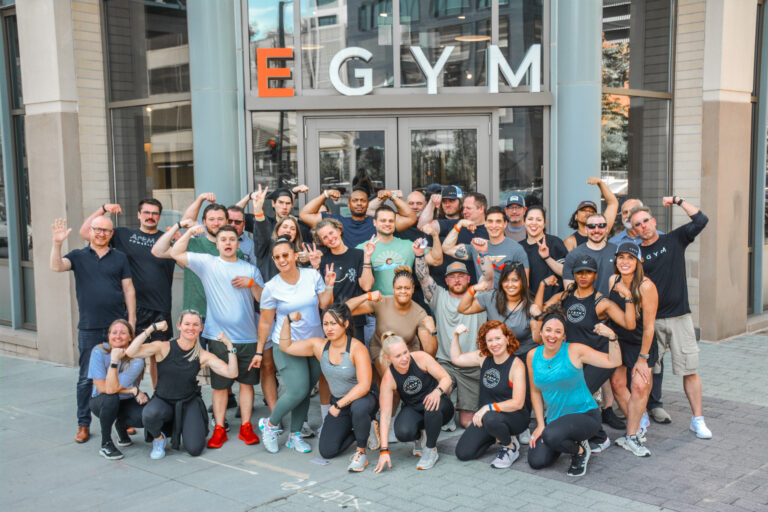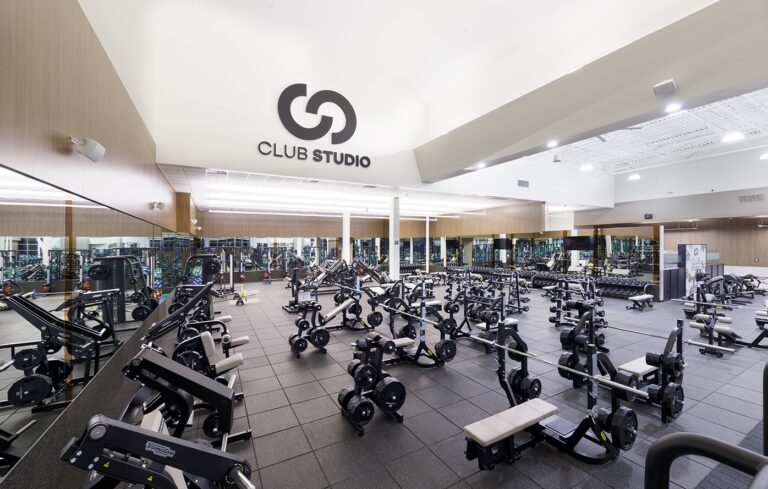Peloton’s rowing machine has arrived.
What’s happening: The connected fitness company opened pre-orders for Peloton Row, its long-awaited rowing machine set to ship this December.
Sleek and quiet with a swiveling touchscreen, the rower is well-designed. But, playing to its strengths, the accompanying software and content stand out, including learn-to-row mode, form cues, a toggle for pace changes, progress-tracking analytics, and studio classes synced to curated playlists.
The price tag is $3,195, not including $44/mo. monthly content subscription.
Between the lines: As Peloton shifts its focus from connected equipment to content and subscriptions, its newly released hardware could be a double-edged sword. Forged on good music and better instructors, Peloton’s content is what drives revenue — not a bike or a treadmill… or a rower.
Rowing Wars
Rowing works 86% of the muscles in the body, and an effective workout usually takes under 20 minutes. Naturally, the exercise modality is continuing to rise in popularity.
In an interview with Fitt Insider, Hydrow CEO Bruce Smith elaborated on why spending an hour in a Peloton workout might be falling out of favor:
“There’s a hunger for things that are efficient. Time is the most valuable commodity we’ve got and, really, bike companies have a hard thing to sell.”
Now, at-home cycling pioneer Peloton is entering a category that’s already well-developed.
- This year, category leader Hydrow secured $55M to boost market efforts, launched a smaller, cheaper rower called Wave, and won a patent lawsuit with iFIT’s NordicTrack.
- Ergatta, maker of a game-based connected rower, began selling in the UK and Ireland this September.
- Earlier this year, gamified rowing startup Aviron added $18.5M in funding.
- In January, omnichannel concept CITYROW teamed with SweatWorks to integrate its smart rower directly with Apple Watch.
Takeaway: Peloton’s clout and content might help it reach first-time rowers. But its price point puts it out of reach for many would-be exercisers.






